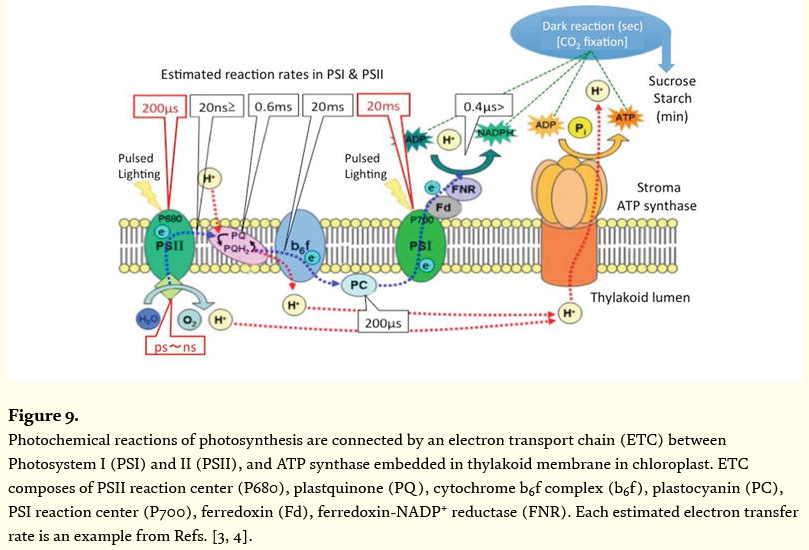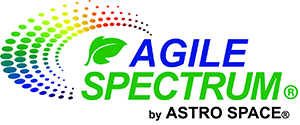One of the principal requirements for plant growth and maturity is appropriate lighting. Prior to CEA, Controlled Environment Agriculture, lighting was provided solely by the sun. Crop requirements, environments and economic constraints will dictate unique light spectral content and intensity needs. The task of providing required lighting is even more complex because many plants require a significantly different spectrum of light for maturation or flowering versus that which is optimum for basic metabolic growth. High-pressure sodium, Metal Hydride, fluorescent and incandescent lights simply cannot provide this required shift in spectral content. Only LED lights can provide this diversity, but it takes more than just the LEDs. The ability to adjust the spectral content, intensity, and schedule(s) of illumination, as well as provide DC or Pulse Width Modulation (PWM) modes of operation, requires not only a sophisticated LED light, but the intervention of software control—Agile Spectrum Software complements the Agile Spectrum LED light.
Agile Spectrum Overview
The Agile Spectrum LED Grow Light (ASLEDGL)
The Agile Spectrum LED Grow Light (ASLEDGL) has eight separate, individually controlled channels that allow the user to adjust the spectrum of output light to virtually any specific spectrum required. In addition to these multiple channels, the lights can be run in a DC mode or a pulse width modulated (PWM) mode, in which the frequency of modulation is fully adjustable from one to well over 1000 hertz and from 0 to 100% duty cycle. It also boasts a very low profile, passive cooling, manual or remote operation and provides a light output of up to 1240 lumens (lm). One of our earliest models is being used by Rutgers University researchers at their prestigious Waksman Institute of Microbiology. The ASLEDGL is designed to provide illumination beyond the standard definition of PAR due to numerous research studies indicating photosynthesis & plant morphology occurs in the spectrum beyond the standard 400 to 700nm definition of PAR.__McCree 1972___ This variability, versatility and spectral range will allow researchers and growers to determine the most efficient light program/recipe which will reduce energy costs.
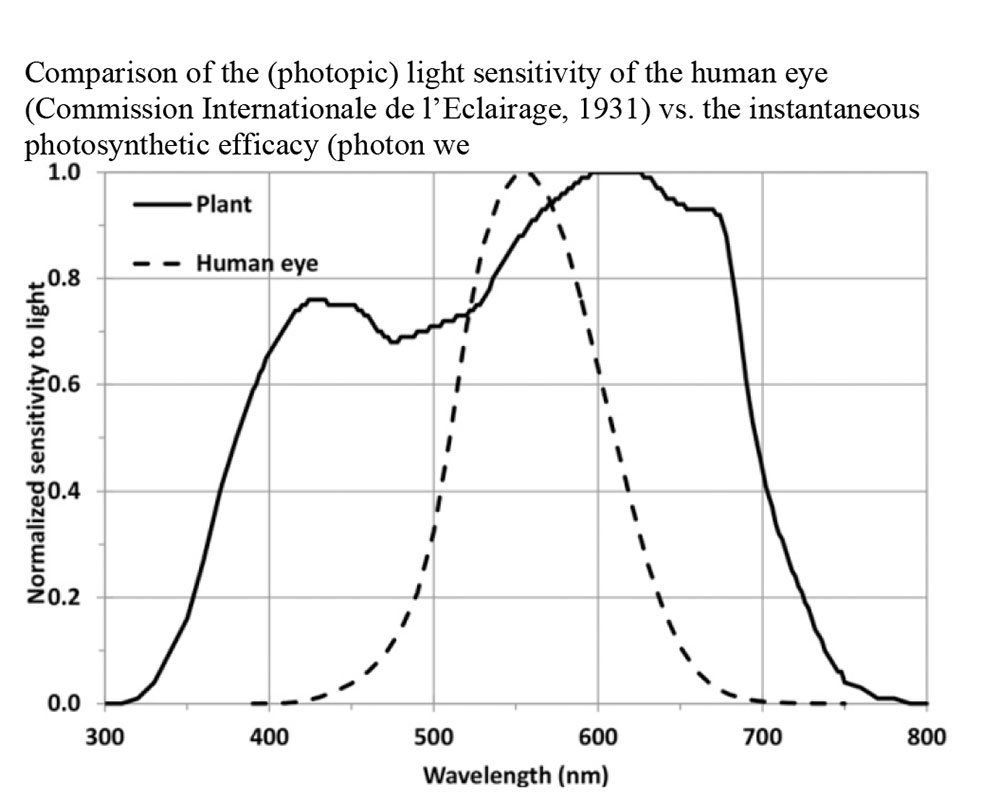
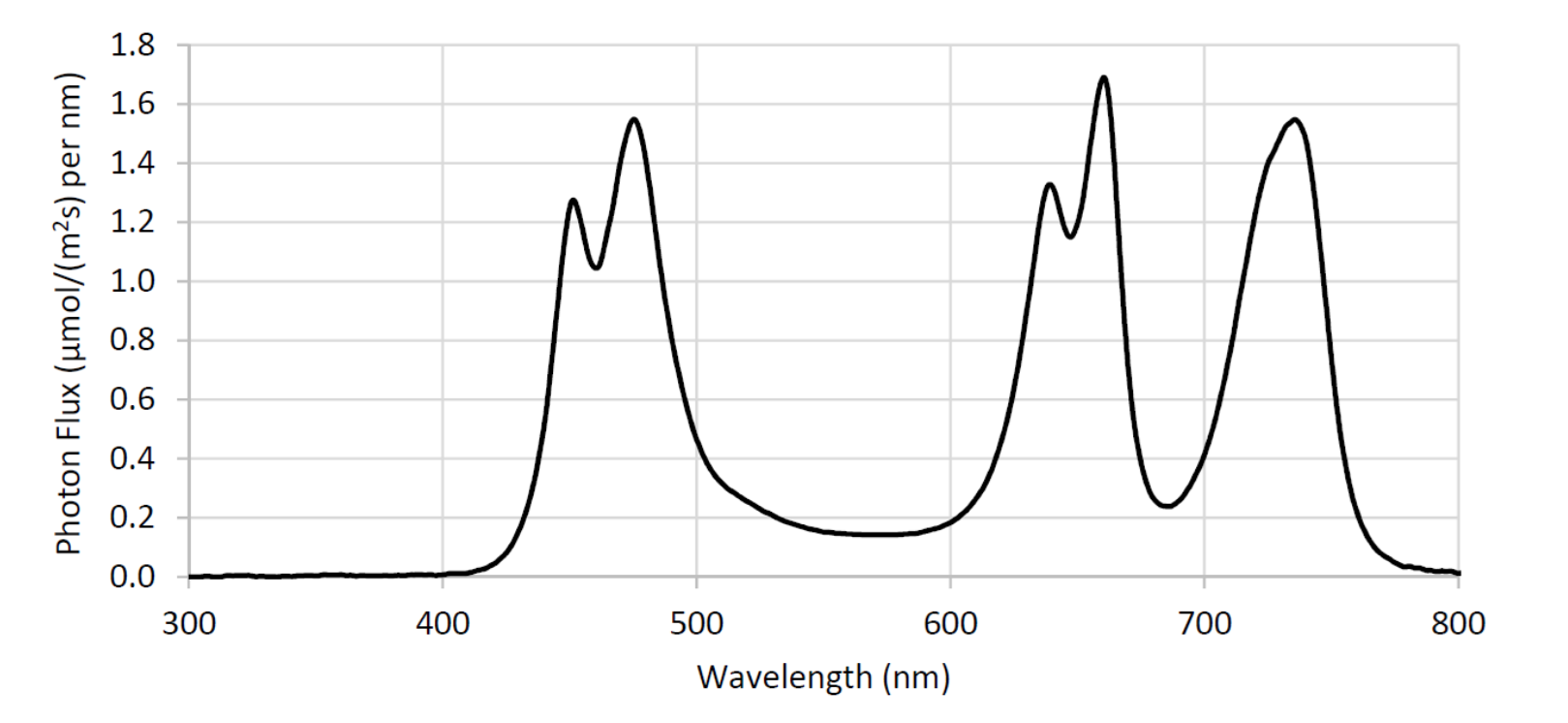
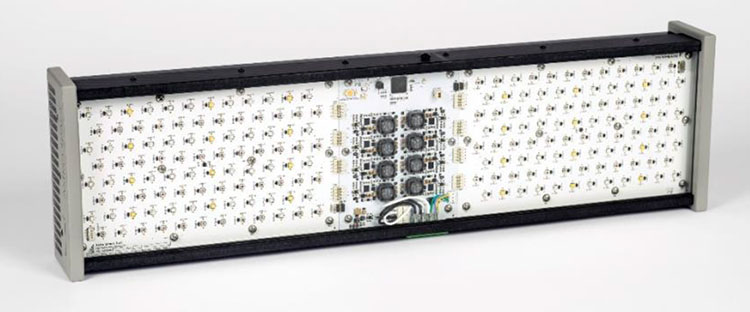
Much research has been done focused on RED & BLUE frequencies and their effect on photosynthesis often dismissing the impact of middle spectrum frequencies. One might assume that the middle spectrum frequencies are not needed based on the GREEN color of most plants. This assumption is false, but based primarily that the human eye’s peak receptivity is 555nm between GREEN and YELLOW. Research by __ Snowden 2015____ indicates. Typical indoor grow operations and supplemental lighting grow requirements have utilized metal halide or high vapor pressure sodium lights in an attempt to mimic or replace the solar spectrum. While full sun is not needed for optimal growth, many of the component frequencies are needed to induce photosynthesis and the various critical stage of the plant or crop development. The ASLEDGL can be programed to provide the critical frequencies, a time lined light recipe, at key stages of development and with R&D crop development can be accelerated thus increasing ROI for an indoor grow facility.

The Agile Spectrum LEG Grow Light Research
Research has been undertaken on the efficiency of photosynthesis involving intermittent illumination of plants. The ASLEDGL can provide intermittent illumination of an individual or all channels. The feature not only can be utilized to save energy illumination costs it also reduces cooling cost by eliminating unnecessary heat for this illumination. Depending on duty cycles of illumination requirements peak electricity load demand can be reduced further decreasing energy costs.
The ASLEDGL can be programed to simulate sunrise and sunset as well as simulate seasonal changes in the solar spectrum to create plant morphology actions needed to signal end of season developmen
